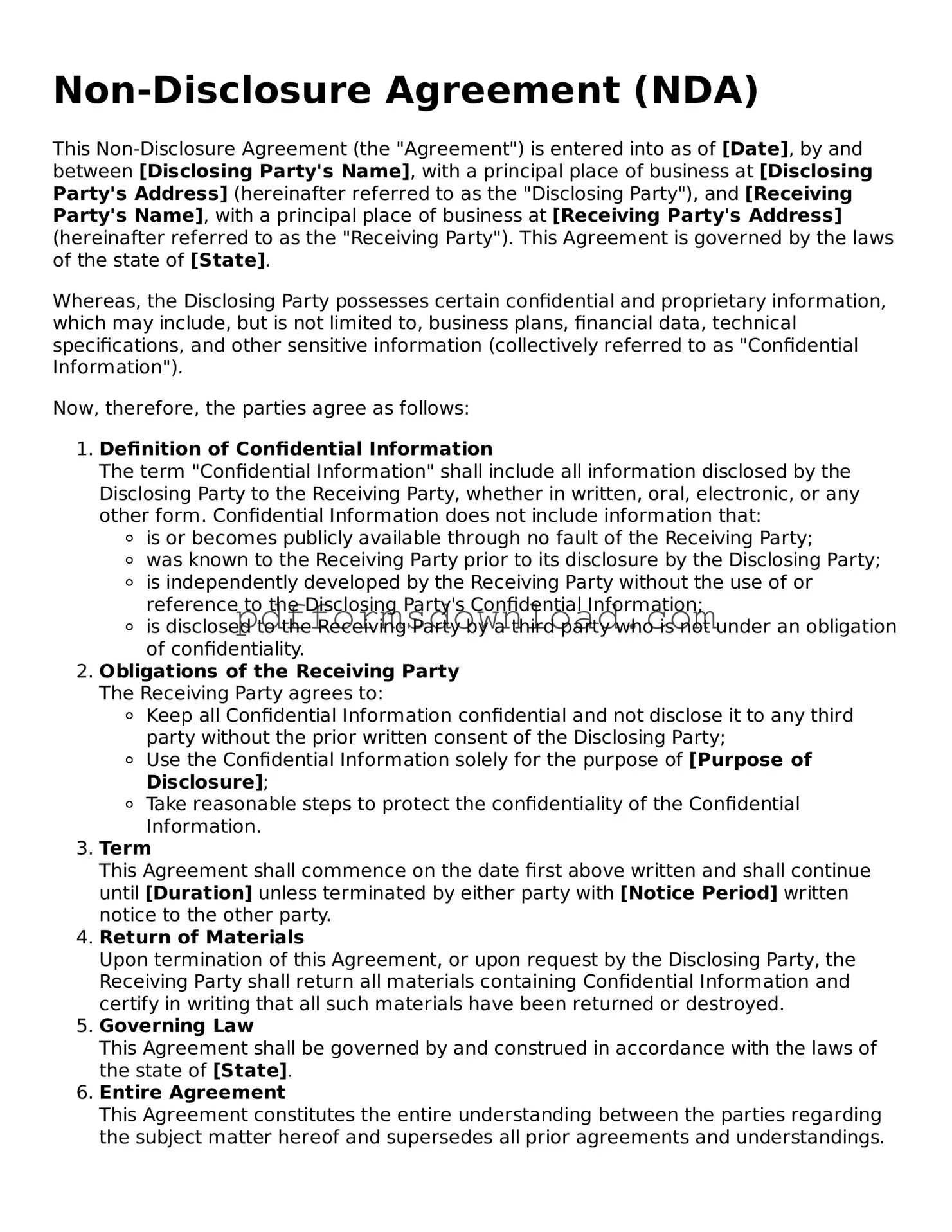What is a Non-disclosure Agreement (NDA)?
A Non-disclosure Agreement, commonly referred to as an NDA, is a legally binding contract that establishes a confidential relationship between parties. The primary purpose of an NDA is to protect sensitive information from being disclosed to unauthorized individuals or entities. NDAs are often used in business settings to safeguard trade secrets, proprietary information, and other confidential data that, if leaked, could harm a company’s competitive edge or reputation.
When should I use an NDA?
An NDA should be used whenever confidential information is shared between parties. This can occur during discussions of potential partnerships, collaborations, or employment. For instance, if a business is considering hiring a consultant who will have access to sensitive information, an NDA can ensure that the consultant does not share this information with others. It is also advisable to use an NDA when discussing new product ideas or innovations with potential investors or manufacturers.
What are the key components of an NDA?
Typically, an NDA includes several important components. First, it clearly defines what constitutes confidential information. This can include documents, data, and any other sensitive materials. Second, the agreement outlines the obligations of the receiving party, specifying how they must handle the confidential information. Third, the duration of the confidentiality obligation is usually stated, indicating how long the information must remain confidential. Lastly, the NDA may include clauses addressing the consequences of breach, which can involve legal action or financial penalties.
Can an NDA be enforced in court?
Yes, an NDA can be enforced in court, provided it is properly drafted and signed by all parties involved. If a party breaches the agreement, the injured party may seek legal remedies, which can include monetary damages or injunctive relief. Courts generally uphold NDAs as long as they are reasonable in scope and duration, and do not impose undue restrictions on the parties involved. However, the specific enforceability can vary based on state laws and the particulars of the agreement.
